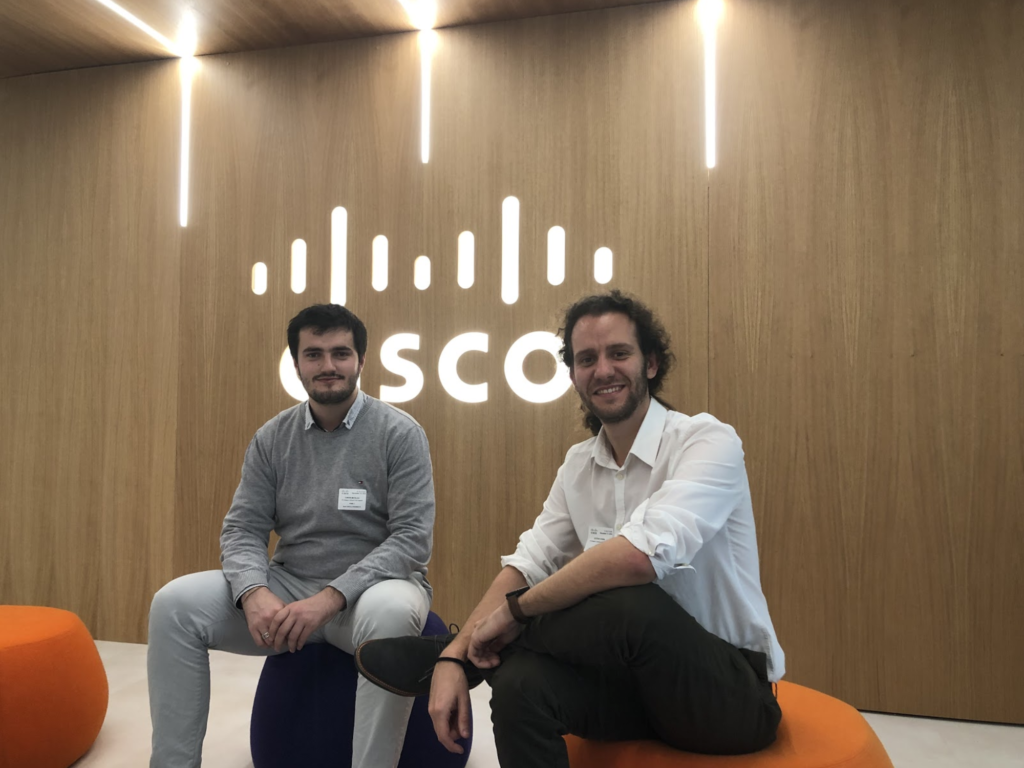Blog Post
Creating 3D images from a photo: exploring the potential of projecting virtual scenarios
Artificial Intelligence tries to reach human abilities, getting one step closer at each significant accomplishment. Contrary to common belief, this doesn’t mean that science wants to replace humans. It means that there is so much that a machine can learn from humans’ natural capacities and the wonders of our body and mind.

Deep estimation, for example, is a set of techniques and algorithms aiming to obtain a representation of the spatial structure of a scene. In other terms, to obtain a measure of the distance of, ideally, each point of the given scene. And one way to look at this issue is to study the human visual perception of the depth.
Human sigh is a system prepared for depth perception thanks to a combination of different and complementary physiological and psychological structures. Our visual system is capable of understanding depth according to brightness, shapes, colors, movements, and patterns, among other features. And that’s why the human vision system can be understood as a set of functions prepared to interact and get precise depth perception.
“Human eye can easily understand distance. But what about a machine?” Euron Metaliaj
To further develop the applications of this set of techniques, Cisco Italy brought a project to the Artificial Programme of Pi School, sponsoring the participation of the Electronic Engineer Esteve Soria and the Computer Scientist Euron Metaliaj.
During eight-weeks, the team of engineers aimed to improve the current state of the art of estimating depth in the context of indoor environments. To do so, they used RGB images to try to predict the depth map for the given image trying to recreate the 3D scene given a single image.
By the end of the program, we went to Cisco Italy headquarters in Rome to listen to the exclusive preview of the project presentation, made to the top managers of the Artificial Intelligence Department worldwide, to understand the progress achieved and the future steps.

Depth estimation has different applications such as virtual reality technology, self-driving cars, lower bandwidth usage in video streaming, and impaired assistance, to name some. In lower bandwidth usage, for example, it’s possible to prioritize some pixels instead of others; to prioritize a person rather than the background. It is also possible to activate voice recognition only when people are there. But depth estimation also can help to assist blind people, putting a camera on a walking cane.
"What if we could obtain a 3D image of a space without being there?" Esteve Soria
“Until now,” said Esteve, “it was difficult to know the 3D distribution of objects from a single 2D image without extra hardware or more images of that environment.”
The results obtained during the Artificial Intelligence Programme brought clarity to what can be achieved and to the main points to work on. Esteve and Euron stressed the importance of working on time awareness, and keep track of what happened before in a scene; or to use different focus and cameras to improve the fonts of the images.
At the end of the presentation, the Cisco team congratulated the students for the progress achieved in only eight weeks of work, at Pi School. The future is built each day, and the top engineers that join our School are amongst those writing it with their research, insights, and dedication.
-

Marta Romão
Social Media Marketing Specialist